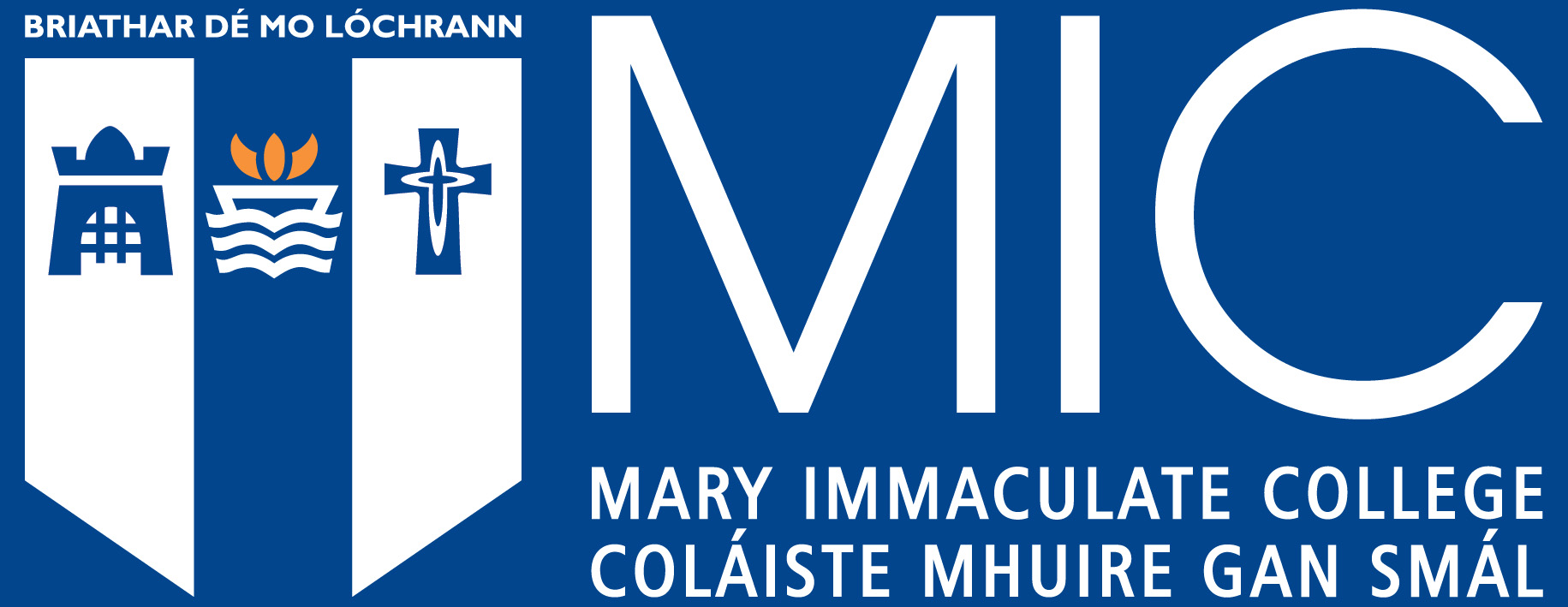An examination of the elite development pathways for male golfers in Ireland (Pre-published)
Citation
Kitching, N & Campbell, M. (2019) An examination of the elite development pathways for male golfers in Ireland, Managing Sport and Leisure, 24(6), 372-386.
Date
2019-11-01Author
Kitching, Niamh
Campbell, Mark
Peer Reviewed
YesMetadata
Show full item record
Kitching, N & Campbell, M. (2019) An examination of the elite development pathways for male golfers in Ireland, Managing Sport and Leisure, 24(6), 372-386.
Abstract
Research question: In recent years, Irish men’s professional golf has enjoyed global success, resulting in an increased focus on golfer development and talent pathways in Ireland. Using the SPLISS model as a guiding framework, the aim of this study is to examine the organisational factors in the male amateur high-performance golf pathway that contribute to or inhibit international sporting success.
Research methods: A mixed-methods approach was employed consisting of player (N = 597; n = 109) and coach (N = 27; n = 27) questionnaires, focus groups and semi-structured qualitative interviews with junior (n = 5) and adult (n = 2) players, parents (n = 2), coaches (n = 27) and physiotherapists (n = 2).
Results and findings: While the system performed well in areas such as coaching and competition, a lack of programme planning and organisation resulted in poor communication and incoherent policy from regional to national level.
Implications: This research represents a significant move forward in terms of a more detailed and nuanced understanding of the (pre) elite development pathways for golfers. A contribution is made to the small number of country/sport-specific studies using the SPLISS model focusing on the meso-organisational level.
Keywords
GolfElite sport development
Pathways
Talent development


